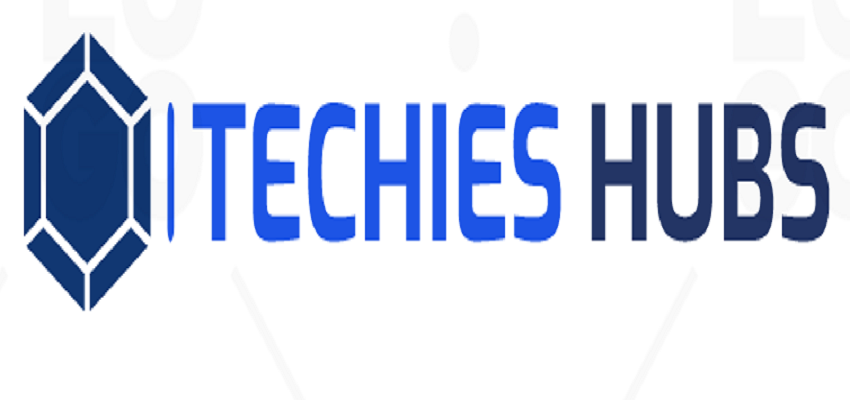The
traditional way of adjusting prices with paper labels is quickly becoming
outdated. Not only do companies have to maintain a large workforce to maintain
paper price tags, but the potential for committing mistakes is very high.
Luckily, Electronic Shelf Labels or ESLs, also known as digital price tags have become a viable alternative for the modern retail space.
How does an electronic shelf label function?
Electronic
shelf labels or digital price tags are devices that automatically update the
prices of products in a retail outlet. They normally work using electronic
paper or liquid crystal paper to display information on a screen. They can
easily update thousands of displays simultaneously across several channels
automatically with just a few clicks from a remote server. As a result, retail
outlets do not have to manually replace price tags on every shelf.
Automated
price updating is one of the biggest advantages of ESLs. This makes it a much
sought-after display module for retailers that offer shopping in physical
locations. It is especially useful for retailers with several branches in
varying locations as it allows fast, accurate, and consistent manipulation of
prices and promotional strategies.
Digital
price tags do a great job of providing retailers with an accurate insight into
their inventory and alert staff when a particular product is low in stock or
reaching its expiration date. From store associates to direct store delivery
personnel, everyone gets alerted. This also prevents unnecessary storage and
handling and provides shorter lead times and lower costs. It also provides the
information necessary for taking business decisions, resulting in reduced
stock-outs, improve delivery, and making customers satisfied.
3 Reasons why Digital Price Tags Should be Used
Digital price tags have numerous benefits for retailers, besides the automatic updating ability. They contribute immensely towards building an omnichannel experience for in-store visitors. Here are three major reasons why retailers should use digital price tags.
1. Accurate pricing
The
internet has transformed the way people shop, especially in the last few years.
It’s not an uncommon sight to see consumers price check an item inside a store
before buying it. Shoppers can lose trust in a retailer if the online prices do
not match the in-store prices. Unfortunately, this is something that happens in
the retail market a lot.
Digital
price tags can be a solution to this problem by introducing a standardized
pricing system. This will prevent customers from being disappointed by the
price differences as it can immediately reflect any online price change
in-store. Digital price tags also allow retailers to align their promotional
prices across stores as well as fix any pricing errors.
2. Omnichannel experience
Omnichannel
experiences are the future of the retail industry as a large part of consumers
feel that the technology improves their shopping experiences. They do this by
allowing retailers to interact with their customers in ways that were
previously impossible, such as the following ways.
- Retailers can display stock levels to notify customers about the supply of a particular item.
- Retailers can display the online prices of competition so consumers can trust them.
- Certain ESL models can allow retailers to enable simple ordering with QR codes.
- ESLs can also display reviews of products.
3. Good return-on-investment
It is
true that ESLs require an initial investment. This might be out of reach of
many small retailers which explains their hesitance to move forward with the
technology. However, the shelf edge is the last and most powerful point of
influence on a sale. This gives the power of controlling what a consumer sees
at the push of a button. Contrary to popular belief, installing and configuring
a digital price tag isn’t that hard.
Digital
price tags are easy to install and can be set up with a simple screwdriver.
Modern ESLs come with software packages that make them easier to configure.
Depending on the model, ESLs can also operate on an unused WiFi network for
maximum security. ESL usage also does not require any type of special training.
Most ESL software programs are easy to use and learn.

After
ESLs have been installed correctly, employees do not have to monitor
price tags manually each day. This creates a centralized system that makes it
easy for one individual to control pricing changes on the shop floor.
Conclusion
Achieving
business milestones are a necessity in today’s digital world. It all depends on
how retailers make things simpler for their target audience in multiple
channels while keeping their brand image intact. These days, modern consumers
are more into omnichannel today, as brands are looking for multiple approaches
in digital commerce. ESLs or digital price tags contribute to this aspect. The
above advantages highlight the reasons why retailers should consider this
technology to stay competitive in the modern marketing landscape.










